Posts in Drum Handling Safety Tips
🧯 Drum Handling Safety Tips
Get drum handling safety tips, checklists, and best practices to reduce risk and support a safer workplace with Morse equipment.

Learn the most important OSHA regulations for drum handling and how to document a compliant program. OSHA Compliance for Drum Handling Safety: What Facilities Must Know Key OSHA standards for […]
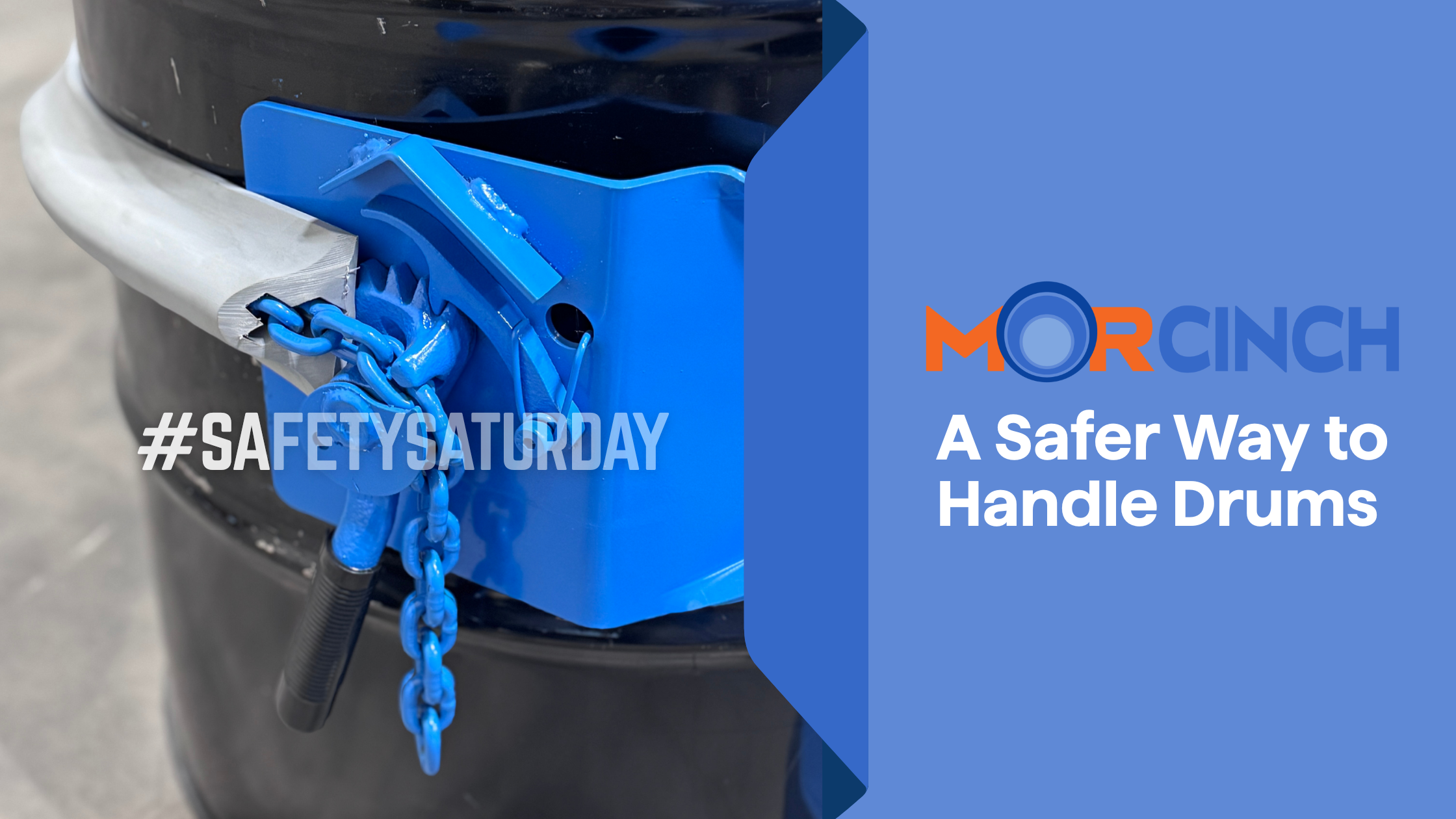
The MORCinch: A Safer Way to Handle Drums Drums are heavy, awkward, and difficult to control without the right equipment. Relying on manual methods or makeshift solutions can put employees […]
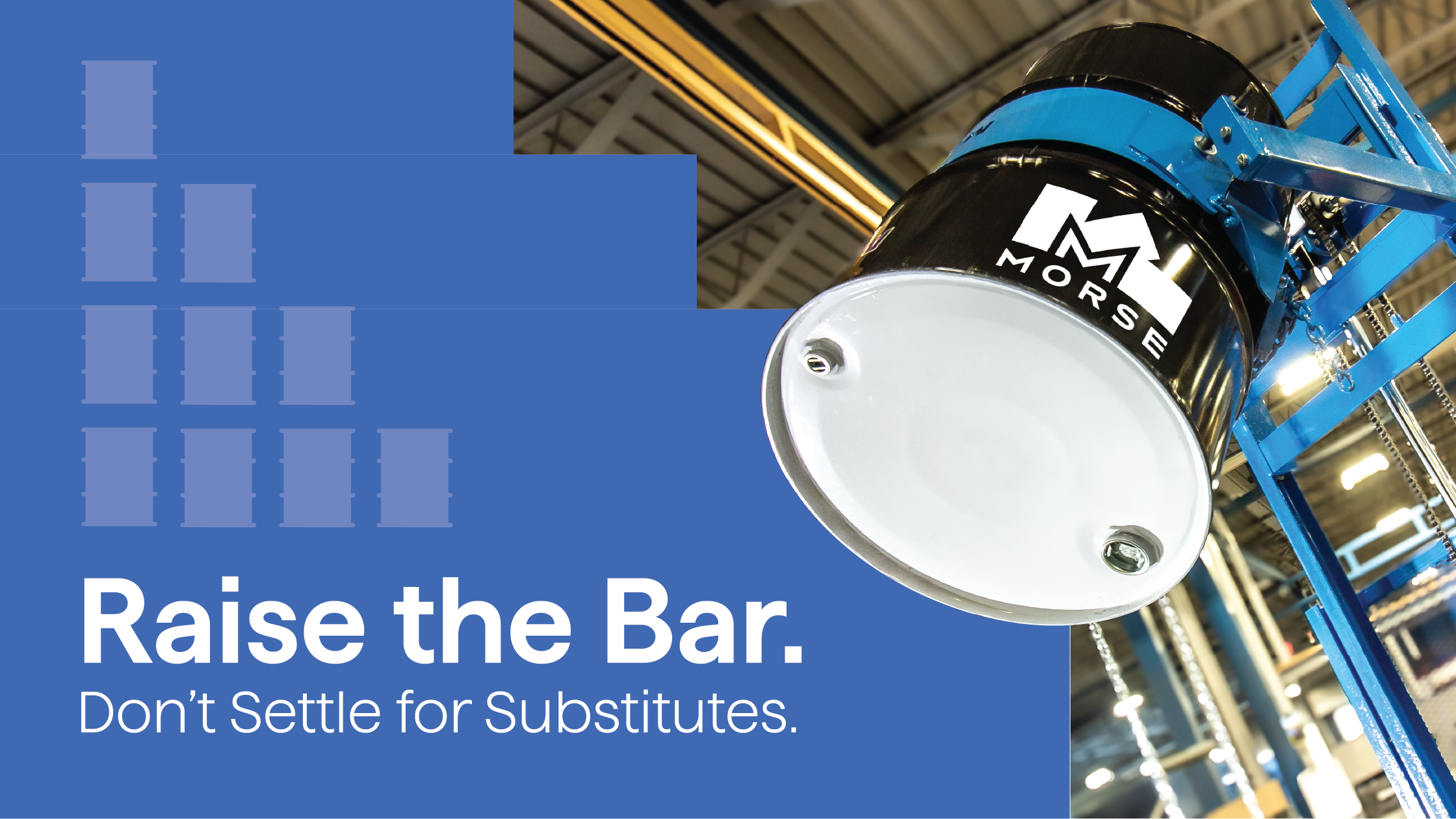
In a competitive marketplace, it’s tempting to opt for the cheapest option. But when it comes to handling heavy, and sometimes hazardous, materials like 55-gallon drums, quality isn’t a luxury — it’s a necessity.
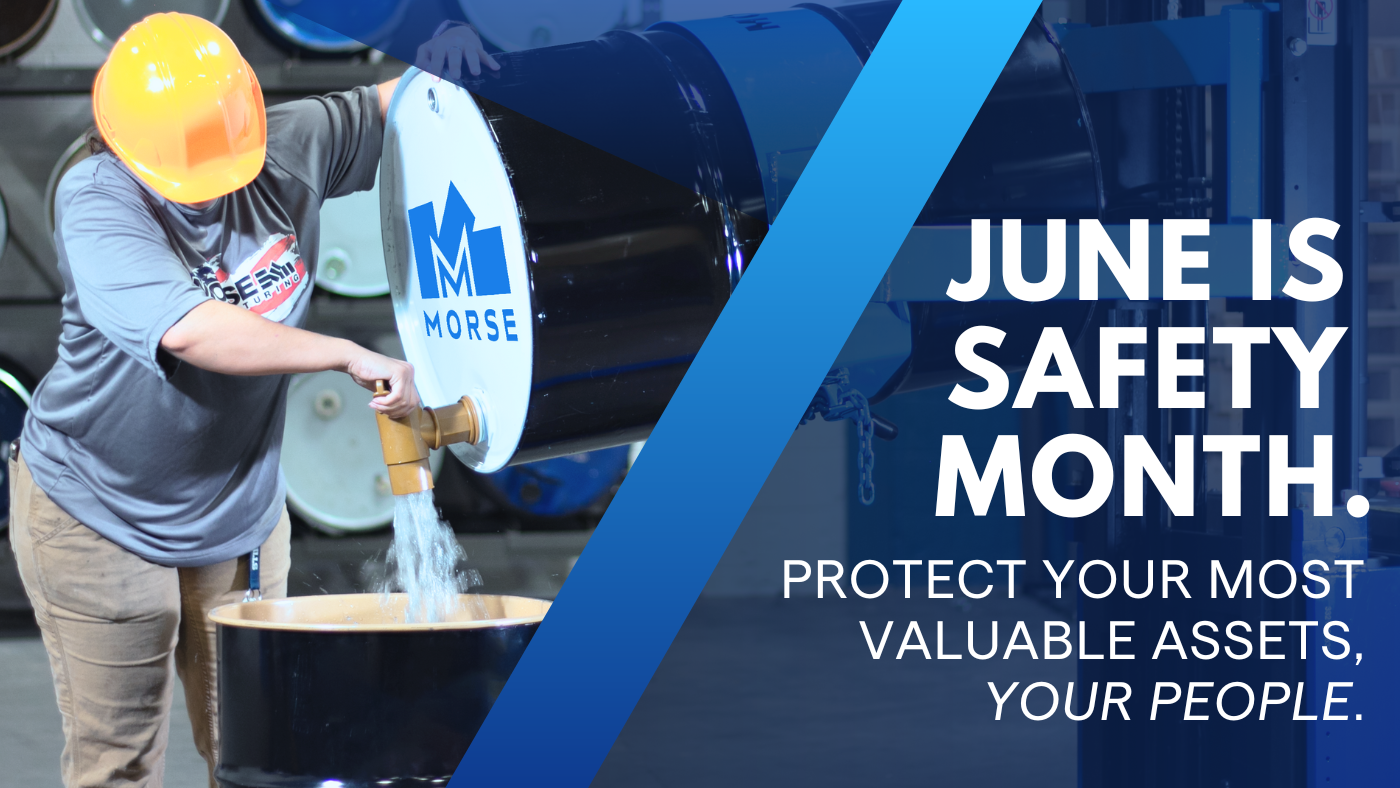
At Morse Manufacturing, safety isn’t just a feature—it’s a core value. As we recognize National Safety Month this June, we’re proud to stand alongside businesses and organizations across the country that are committed to protecting their teams, improving practices, and creating safer workplaces.
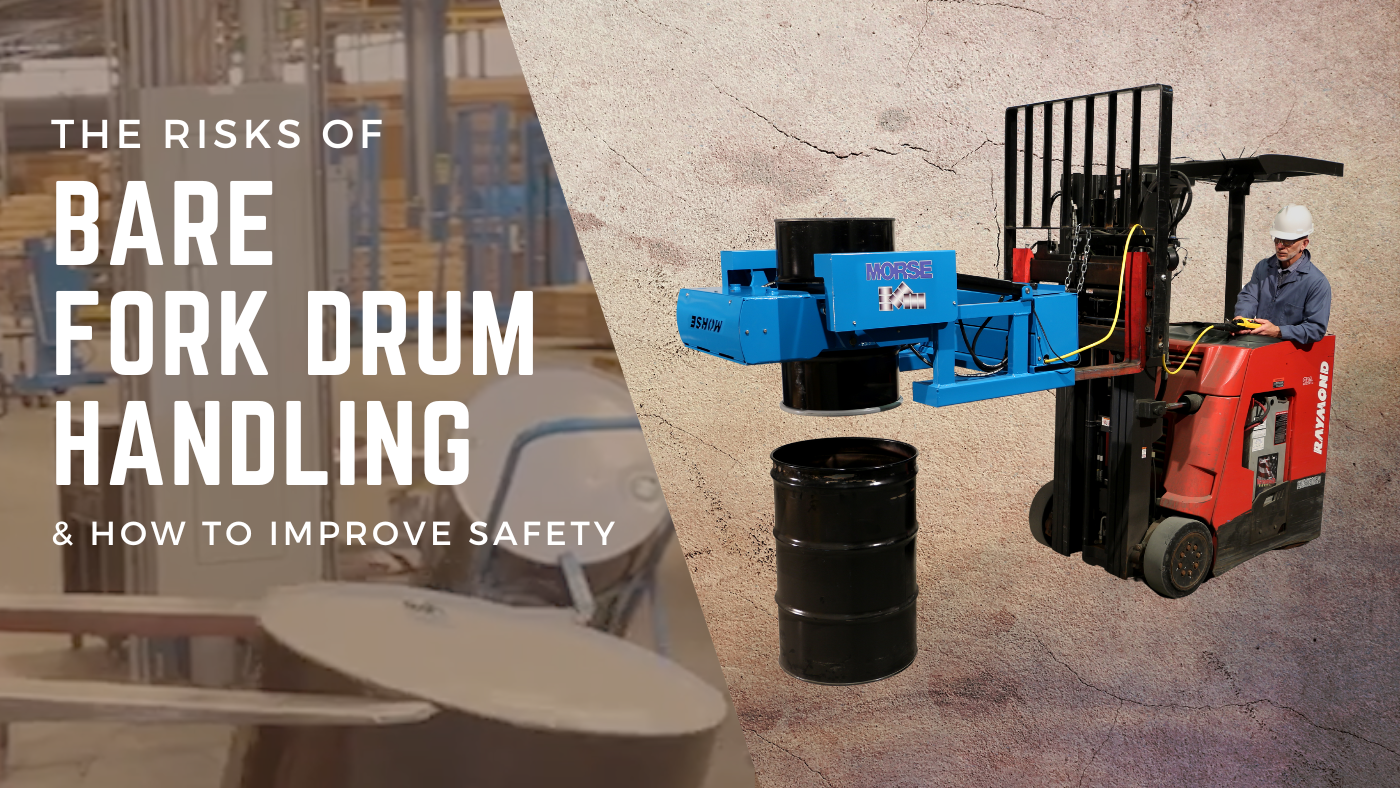
Bare Fork Drum Handling Risks & Safer Alternatives When it comes to moving heavy drums in an industrial setting, using bare forklift forks is a risky choice. A drum slipping off […]
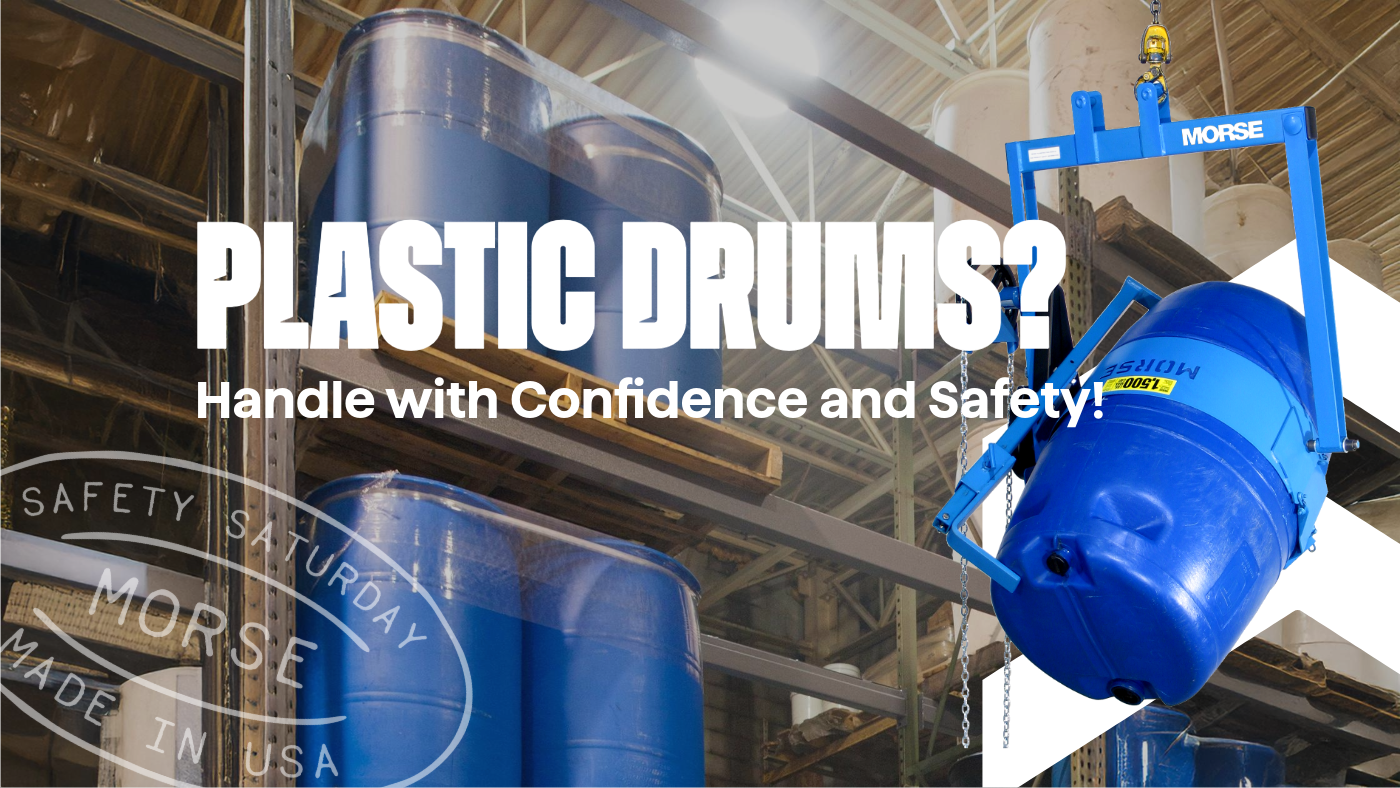
Safely Handling Plastic Drums with Morse Drum Handling Equipment Handling 55-gallon (210 liter) plastic drums can be more challenging than steel drums. Their smooth surfaces, lack of ribs, and slippery […]
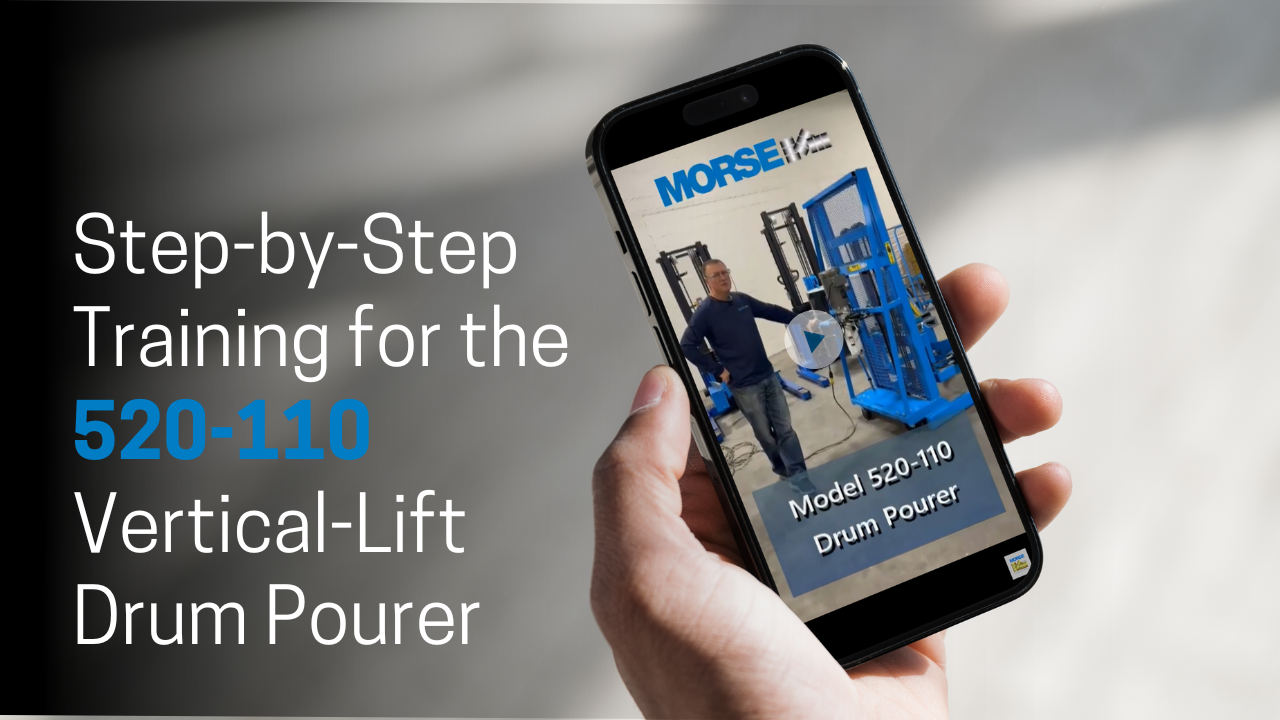
Master Safe Drum Handling with the Morse 520-110 Drum Pourer When handling heavy drums, efficiency and safe drum handling are paramount. The Morse 520-110 Drum Pourer is designed to provide […]
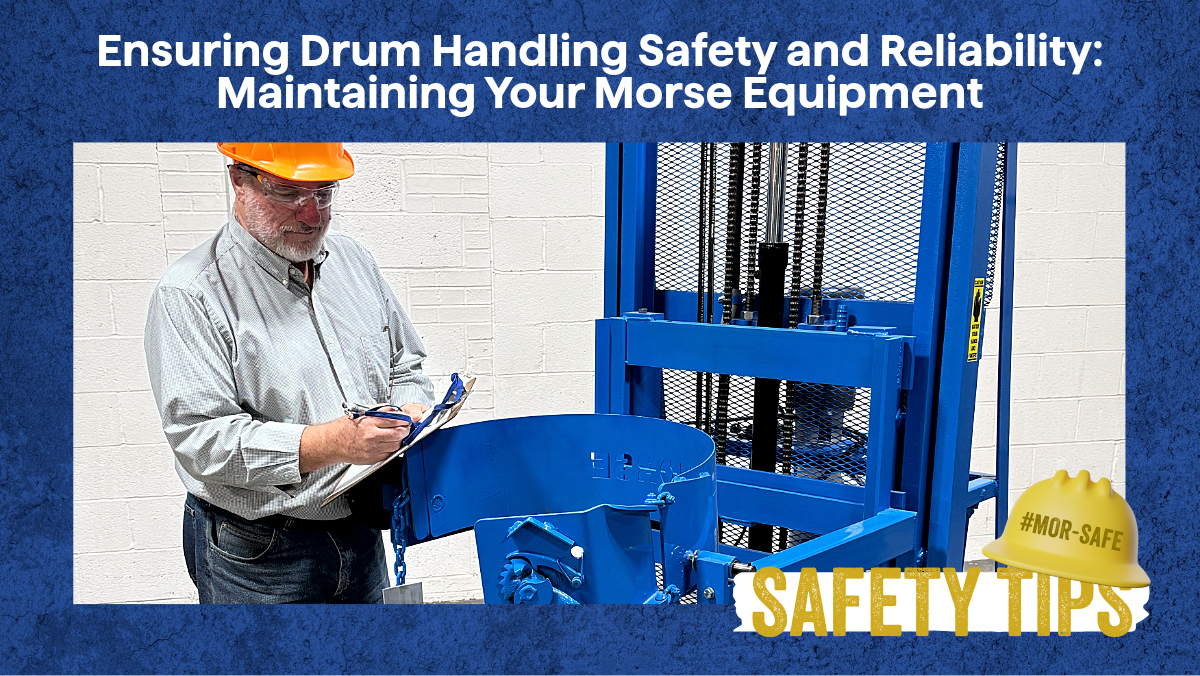
Ensuring Drum Handling Safety and Reliability: Maintaining Your Morse Equipment When it comes to handling heavy drums, drum handling safety and efficiency are paramount. At Morse Manufacturing, we design our […]
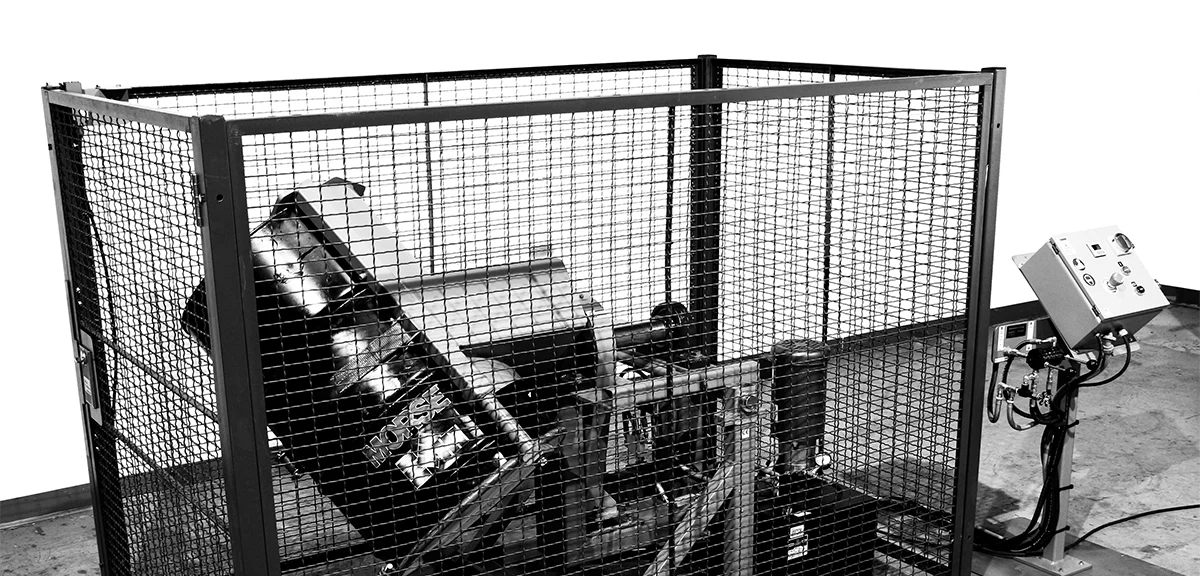
Drum Mixing Safety: Balancing Efficiency and Compliance This blog is based on the article “Drum Mixing Safety” by Steve Guglielmo, originally published in the 4th Quarter 2014 MHEDA Journal. When […]
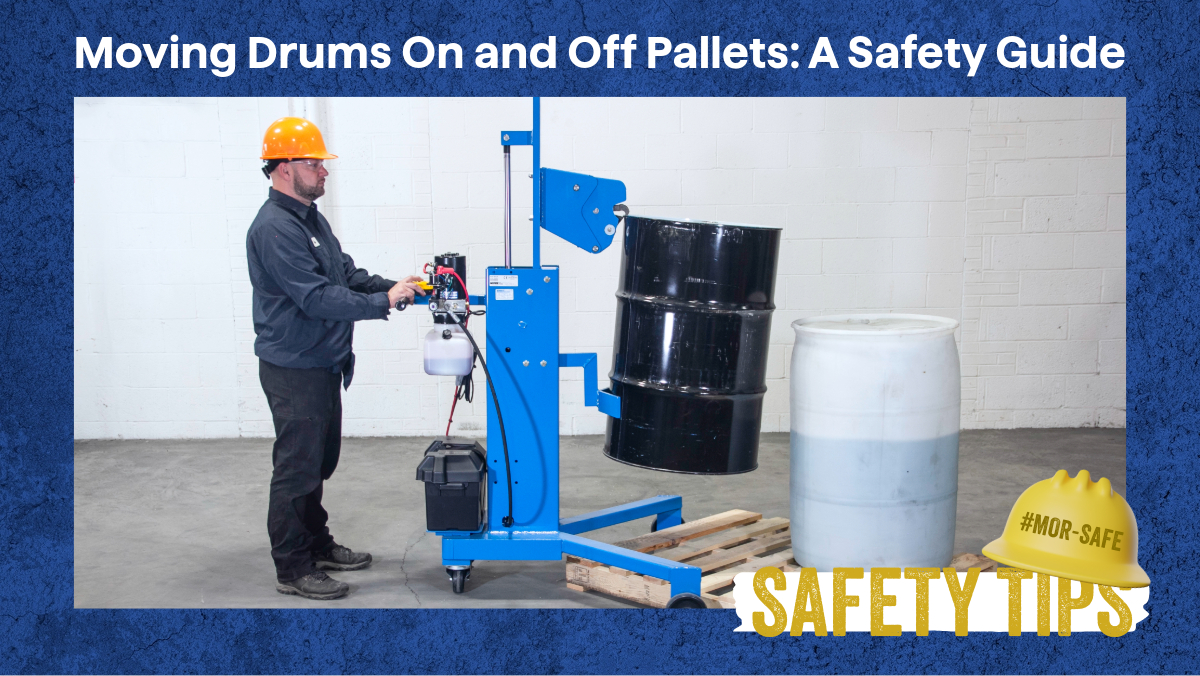
Moving Drums On and Off Pallets: A Safety Guide Handling heavy drums on and off shipping pallets is a common task in many workplaces. At first glance, it may seem […]

